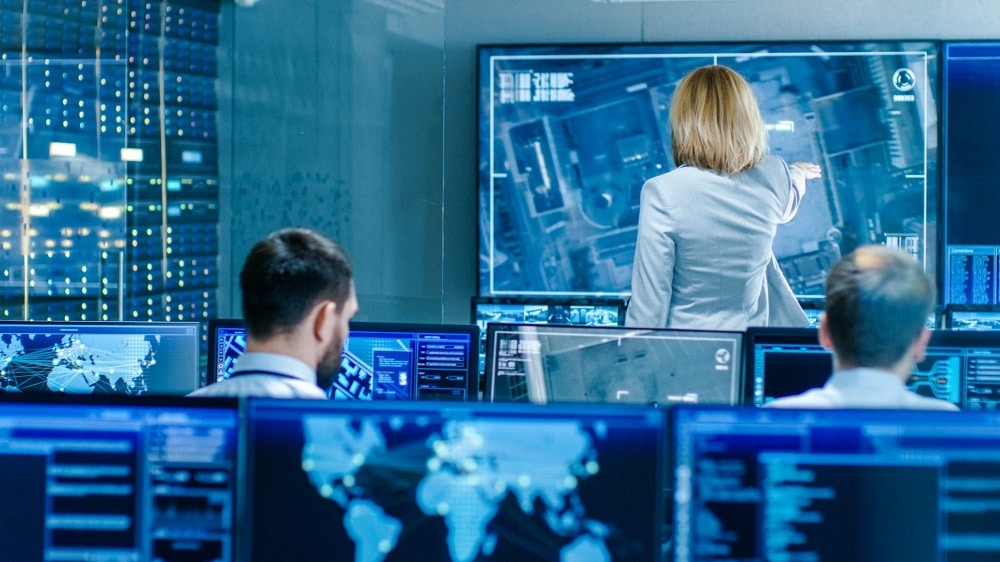A Step Ahead Of Crime- 5 Technologies That Can Empower Law Enforcement
The current digital boom is pervasive, reaching every industry and aspect of life today. Even police work is experiencing rapid innovation as processes and systems are no longer the same. While there are new categories of crime and smarter criminals to fight against, law enforcement has new tools to stay ahead of the criminals. Agencies and departments need to understand these innovative tools and technologies and pick them to modernize the way they work. Let us highlight the ones that can empower law enforcement like never before.
Biometrics
While police have been relying on fingerprints to identify criminals since the beginning, biometric technology takes things to the next level. Biometrics includes physical characteristics such as voice recognition, iris recognition, palmprints, wrist veins, and even heartbeats. Identification of criminals becomes much more accurate with sophisticated technology that never goes wrong. The best part is that biometrics can reveal identity within minutes. So it can speed up investigative processes manifold.
Facial recognition
The facial recognition technology takes investigators one step ahead with criminal identification and verification, even if suspects try to get undercover. It goes beyond tracking wanted criminals and terrorists as agencies can use these applications to find missing people as well. The solution uses a blend of innovations such as Artificial Intelligence, video surveillance, and analytical algorithms to find perfect matches.
Digital Forensics
The latest digital forensic techniques play a significant role in modern police investigations as they add value to the cases with valid evidence. For example, telematics data from vehicles can help resolve the cases of erratic driving and consequent mishaps. Similarly, Cell Phone Forensics Software enables investigators to extract key information from mobile devices, even if it is encrypted. The adoption of these solutions makes it much easier to catch even the cleverest criminals.
Internet of Things
Law enforcement departments gather data through sensor-powered surveillance equipment and cameras installed in public places. These connected cameras and devices furnish enormous amounts of data and intelligence. The information offers in-depth insights into social trends, which departments can use to predict potential criminal activities in specific areas. The insights enable them to ramp up their vigilance in such hotspots and even prevent dangerous events.
Drones and robots
Drones and robots are other must-have applications for modern law enforcement agencies and departments. They facilitate constant surveillance while reducing the dependency on human officers, which means they can focus on critical cases. Robotic policing is a relatively new concept, but drones are a common feature for several departments in different parts of the world. The use of drones has even been effective for reducing crime rates in several hotspots.
Innovation for law enforcement agencies and departments goes beyond picking the latest gadgets. It is more about finding new ways to get better with their job, from catching criminals, helping people, and making the world a safer place to live. Embracing high-tech applications and software solutions may seem like a lot of work, but the effort is worthwhile as it can make lives better.
























